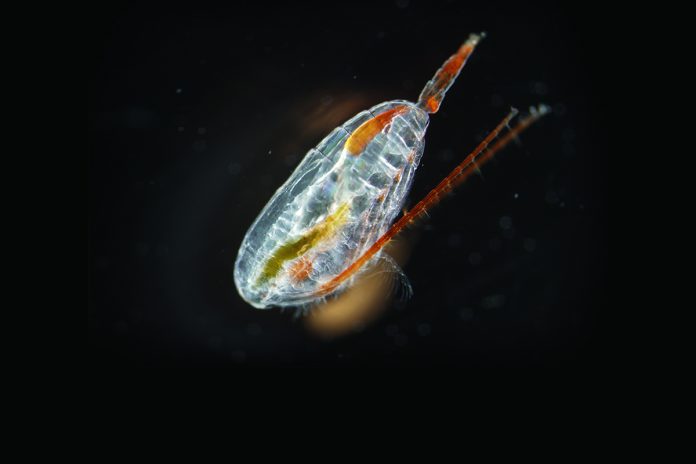
Norwegian Polar Institute’s Director Jan-Gunnar Winther highlights the challenges associated with climate change in the Arctic and its global impact
It is a fact that no region of the planet is experiencing more dramatic climate change than the Arctic. In recent years, this has resulted in melting glaciers, rapid ecosystem changes, diminishing sea ice, and changes in the atmospheric circulation and ocean properties. Ocean temperatures are increasing due to global warming. The Arctic is undergoing changes unknown to have occurred during the last 1,450 years (Intergovernmental Panel on Climate Change (IPCC), 2013). Climate models project that the most pronounced warming in the future will happen in the Arctic. In a business-as-usual scenario for greenhouse gas emissions, temperatures may increase by 8 to 10 degrees Celsius. Even in IPCC’s most aggressive scenario for cutting greenhouse gas emissions, the Arctic will warm with several degrees and in turn fundamentally change this region as we know it today.
Global impact
The Earth’s regions are connected by circulation in the atmospheric, ocean, climate and weather patterns. Arctic climate change therefore has profound global consequences and affects global conditions such as sea level rise, ocean acidification, permafrost thawing (which releases potent greenhouse gases) and changing weather patterns, such as the monsoon. Arctic climate change is therefore arguably relevant to the weather and climate in regions distantly located from the Arctic.
Although the development is disturbing, climate change also provides some advantages. Increased biomass production in the northern waters – not at least in the highly productive Barents Sea – may become an important resource for the world’s ever-increasing need for food and proteins. Furthermore, the Arctic’s special role in global change makes it a potential laboratory for developing new green technology and new solutions that may be utilised in a global context, under the idea that: What works in the Arctic will work elsewhere.
The opportunities in an Arctic with much less summertime sea ice are numerous. New shipping lanes, increased commercial fishing, new bioprospecting activities and harvesting marine ingredients for bio-production (including organisms at lower trophic levels in the food web and at greater depths,) are among the main gains from the situation. Oil, gas and minerals are other resources that may be possible to exploit increasingly further north in the near future.
A call for knowledge
However, today’s rapidly changing climate and the major ecosystem changes that go with it, impose a fundamental challenge for management: the system is highly dynamic with large seasonal changes. We must avoid making decisions and investments for the future based on yesterday’s situation. This calls for a continuously updated knowledge base and sophisticated earth system models to project future changes.
Also, we experience a northward expansion of marine species from the south. The fishing fleet has recently taken advantage of this development and fishing grounds are relocated northwards into the shelves of the Arctic Ocean, especially in the North Atlantic region.
This raises the question whether we may experience commercially viable fisheries in the Arctic Ocean in the future. The area of the Arctic Ocean beyond 200 nautical miles of Canada, Denmark/Greenland, Norway, Russia and the U.S is 2.8 million square kilometers. Up to now, scientists have documented an increase in zooplankton biomass over some areas of the continental shelf. However, scientists raise doubts about whether the same will happen over deep water in the central Arctic Ocean. An important limiting factor for increased production is available nutrients, which are much lower in abundance in deep water than over the shelves.
When the Arctic marine systems become warmer, expanding pelagic fish stocks will likely migrate into the Arctic Ocean to utilise the short peaks in production there, but will likely retreat to the more productive shelves when the peaks decline. Thus, most of the fisheries in the Arctic Ocean may be confined to the shelves. As a precautionary action to avoid illegal, unreported and unregulated fishing (IUU) in areas beyond national jurisdiction, the 5 Arctic coastal states signed an agreement in July 2015 where they agree to not fish in this area. Furthermore, a scientific research and monitoring programme was established in order to obtain more knowledge in support for future management. The longer-term goal is that other countries also commit to withstand from IUU-fishing in this area.
Norwegian Polar Institute
post@npolar.no
Please note: this is a commercial profile










